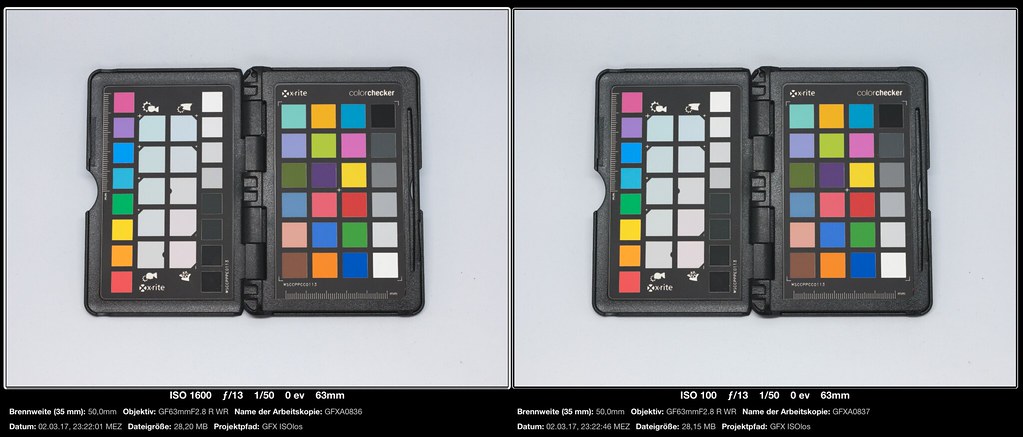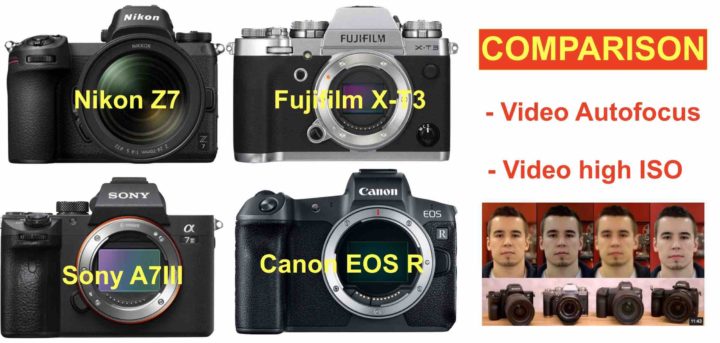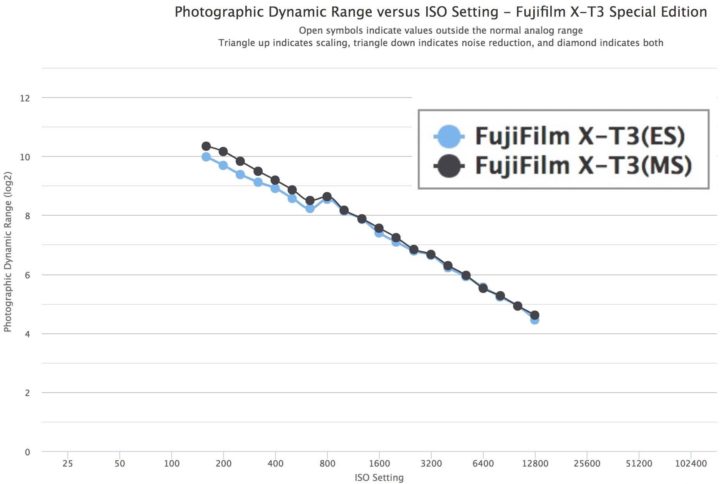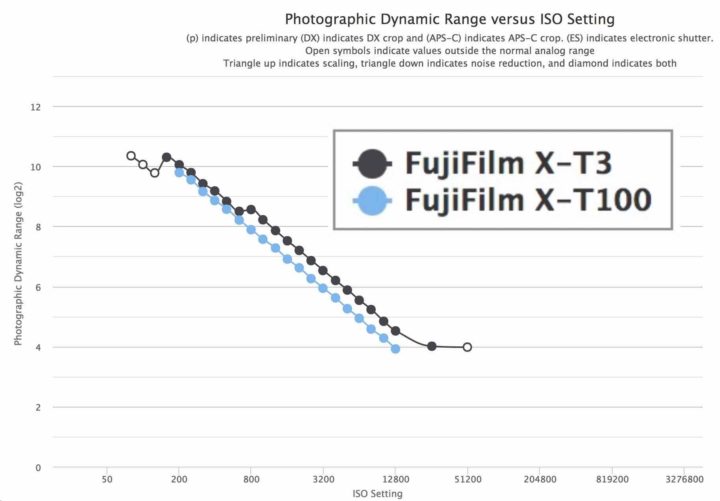Fujifilm GFX100II New Dynamic Range King of Mirrorless Cameras
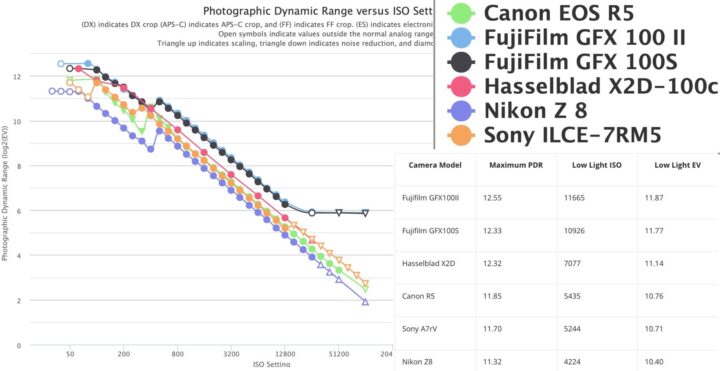
Photons to Photos has published its dynamic range results for the Fujifilm GFX100II.
As to expect, the GFX100II now takes the lead as the mirrorless camera that will give you the highest dynamic range with a slight boost over the Fujifilm GFX100S due to an optimized sensor design, as we explained here.
So, if you want to have a bit more margins in terms of dynamic range, the Fujifilm GFX100II is the way to go. And all this by delivering substantially more megapixel over its high resolution full frame competitors.
There are only 3 digital cameras that are better than the GFX100II listed on Photons to Photos:
- Phase One IQ4
- Phase One IQ3
- Hasselblad H6D-100c
But the above are not mirrorless cameras. And they are huge, heavy and cost more than my car.
You can access the comparison we made above at this link (and also make your own one).
- Fujifilm GFX100 II – New
BHphoto / Amazon / Adorama - Fujifilm GFX100S – save $1,600
BHphoto / Amazon / Adorama / Moment
Read also:
- Fujifilm GFX100 II: The Truth about ISO 80 and the 30% Increased Dynamic Range
- Fujifilm GFX100 II Engineers and The Truth About the “New” Sensor and “Up to Twice” Readout Speed
|
Camera Model |
Maximum PDR |
Low Light ISO |
Low Light EV |
|
12.55 |
11665 |
11.87 |
|
|
12.33 |
10926 |
11.77 |
|
|
12.32 |
7077 |
11.14 |
|
|
11.85 |
5435 |
10.76 |
|
|
11.70 |
5244 |
10.71 |
|
|
11.32 |
4224 |
10.40 |

